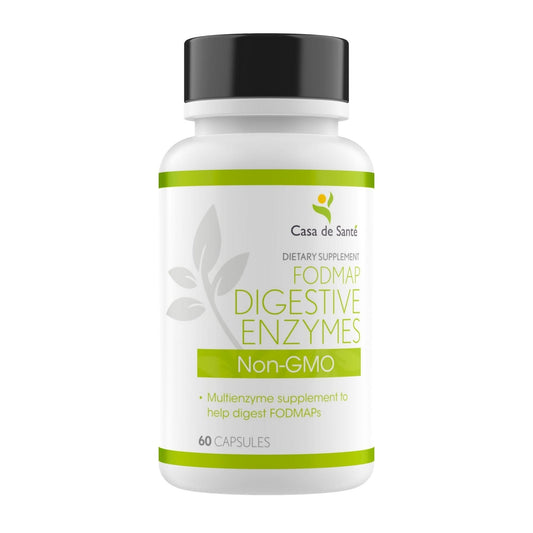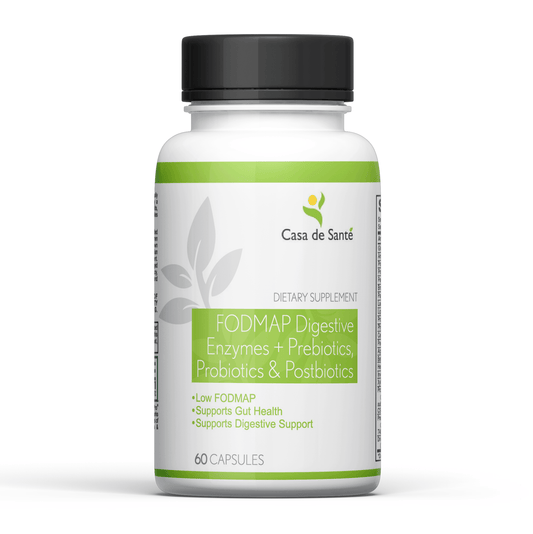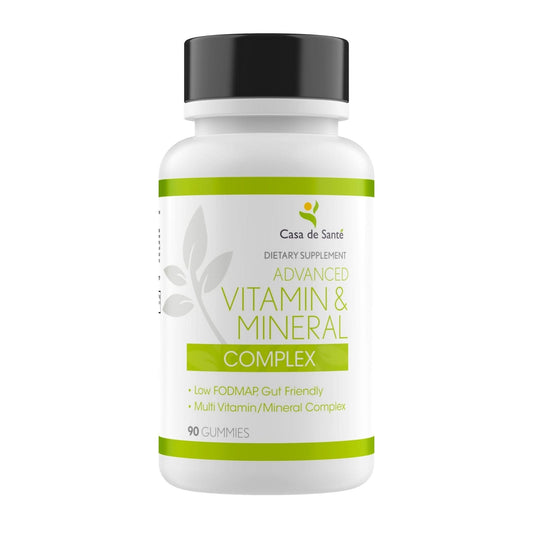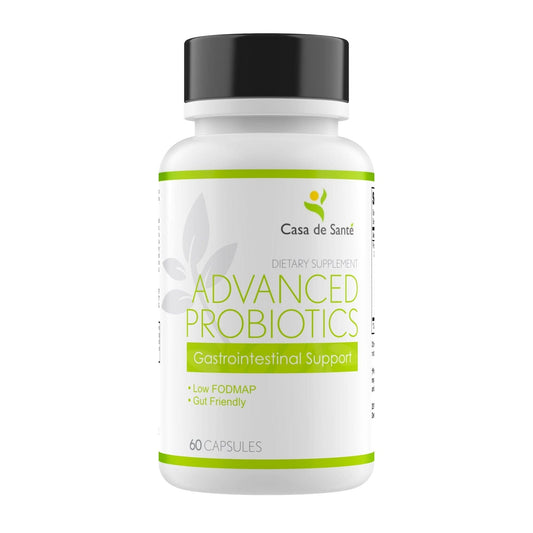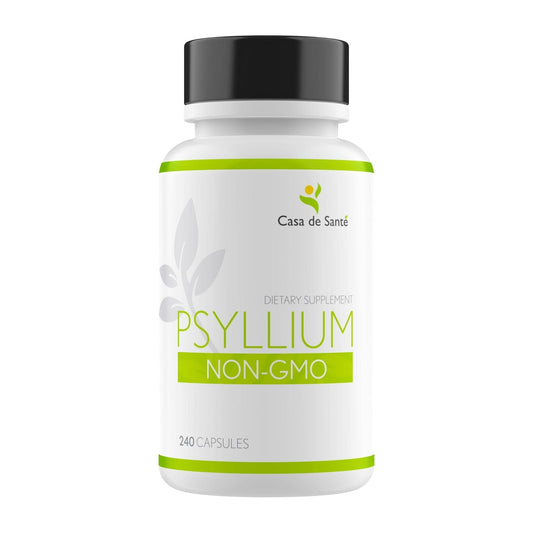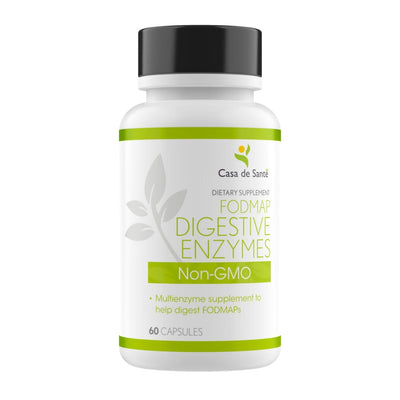The FODMAP Content of Pistachios: What You Need to Know
The FODMAP Content of Pistachios: What You Need to Know
Pistachios are beloved for their distinctive flavor and nutritional benefits, but for those following a low-FODMAP diet, these small green nuts can present a challenge. Understanding the FODMAP content of pistachios is crucial for individuals managing irritable bowel syndrome (IBS) and other digestive disorders. This comprehensive guide explores everything you need to know about pistachios in relation to FODMAPs, helping you make informed dietary choices without sacrificing enjoyment.
Understanding FODMAPs and Their Impact on Digestion
FODMAPs (Fermentable Oligosaccharides, Disaccharides, Monosaccharides, and Polyols) are types of carbohydrates that can be poorly absorbed in the small intestine. When these carbohydrates reach the large intestine, they're fermented by gut bacteria, potentially causing symptoms like bloating, gas, abdominal pain, and altered bowel habits in sensitive individuals.
The low-FODMAP diet, developed by researchers at Monash University in Australia, has become a first-line dietary approach for managing IBS symptoms. This diet involves temporarily reducing high-FODMAP foods and then systematically reintroducing them to identify personal triggers. Success rates are impressive, with approximately 75% of IBS patients experiencing significant symptom improvement when following this approach correctly.
The Science Behind FODMAPs
Each category of FODMAPs affects the digestive system differently. Oligosaccharides (found in wheat, onions, and certain nuts) lack the necessary digestive enzymes for breakdown in humans. Disaccharides like lactose require specific enzymes that some people lack. Monosaccharides, particularly excess fructose, can overwhelm absorption capacity. Polyols, which include sugar alcohols like sorbitol and mannitol, are only partially absorbed and can draw water into the intestine.
When these carbohydrates aren't properly absorbed, they create an osmotic effect, pulling water into the intestine and providing "fast food" for gut bacteria. The resulting fermentation produces gases and short-chain fatty acids that can trigger symptoms in sensitive individuals. This is why understanding the FODMAP content of foods like pistachios is essential for symptom management.
It's important to note that FODMAPs themselves aren't inherently harmful. In fact, many high-FODMAP foods are nutritionally valuable and can promote a healthy gut microbiome in those who tolerate them well. The fermentation process that causes distress in sensitive individuals actually produces beneficial short-chain fatty acids like butyrate, which nourishes colon cells and supports immune function. This explains why a low-FODMAP diet isn't recommended as a permanent solution, but rather as a diagnostic tool and temporary intervention to identify specific triggers.
Individual tolerance to FODMAPs varies significantly based on factors including gut microbiome composition, intestinal motility, visceral sensitivity, and even psychological stress levels. Research has shown that the threshold for symptom triggering differs not only between individuals but can fluctuate within the same person during different life phases or stress periods. This variability highlights why personalization is crucial when implementing a FODMAP management strategy, and why working with a knowledgeable dietitian can dramatically improve outcomes. Some patients find they can tolerate moderate amounts of certain FODMAP groups while needing to strictly limit others, allowing for a more flexible and sustainable dietary approach.
Pistachios: Nutritional Profile and Health Benefits
Before diving into their FODMAP content, it's worth appreciating the impressive nutritional profile of pistachios. These nuts are packed with protein (about 6 grams per ounce), fiber, and healthy fats. They're also rich in antioxidants, vitamins (particularly B6 and thiamin), and minerals including potassium, phosphorus, and magnesium.
Research has linked pistachio consumption to multiple health benefits, including improved heart health, better blood sugar control, and potential weight management advantages. Their unique combination of protein, fiber, and unsaturated fats creates a satisfying snack that can help regulate appetite and provide sustained energy.
Antioxidant Properties of Pistachios
Pistachios stand out among nuts for their exceptional antioxidant content. They contain substantial amounts of lutein and zeaxanthin, carotenoids that support eye health, as well as gamma-tocopherol, a form of vitamin E. The distinctive green and purple hues of pistachios come from antioxidant compounds that help fight oxidative stress and inflammation in the body.
Gut Health Benefits Beyond FODMAPs
Interestingly, pistachios may offer some benefits for gut health despite their FODMAP content. Research suggests they can act as prebiotics, supporting beneficial gut bacteria. A 2014 study published in the British Journal of Nutrition found that pistachio consumption increased beneficial butyrate-producing bacteria in the gut microbiome. However, this potential benefit must be balanced against FODMAP concerns for sensitive individuals.
FODMAP Content of Pistachios: What Research Shows
According to Monash University, the global authority on FODMAP content in foods, pistachios are considered high in FODMAPs. Specifically, they contain significant amounts of oligosaccharides (GOS - galacto-oligosaccharides) and fructans. A standard serving of 30 pistachios (approximately 30g) exceeds the threshold for low-FODMAP classification.
The FODMAP content can vary slightly depending on whether the pistachios are raw, roasted, or salted, though these processing methods don't significantly reduce the oligosaccharide content. It's worth noting that the FODMAP content of nuts can sometimes vary between harvests and growing regions, but pistachios consistently rank among the higher-FODMAP nuts.
Comparing Pistachios to Other Nuts
Not all nuts are created equal when it comes to FODMAP content. While pistachios and cashews are high in FODMAPs, several alternatives are considered low-FODMAP in appropriate portions. Macadamias, walnuts, pecans, and pine nuts are generally well-tolerated in servings of 10-15 nuts. Brazil nuts and hazelnuts can be consumed in slightly smaller portions (around 10 nuts), while peanuts (technically legumes) are low-FODMAP in servings up to 32 nuts.
Almonds present an interesting case - while whole almonds are high-FODMAP in servings over 10 nuts, almond milk (if commercially made and strained) is typically low in FODMAPs because the filtering process removes most of the problematic carbohydrates. This variability highlights the importance of understanding both the food and its processing when evaluating FODMAP content.
Portion Size Considerations
FODMAP tolerance is dose-dependent, meaning smaller portions of high-FODMAP foods might be tolerated by some individuals. For pistachios, Monash University testing indicates that a micro-portion of just 3 pistachios may be low enough in FODMAPs to be tolerated by some people with IBS. However, this tiny serving size makes pistachios impractical as a regular snack for most people following a strict low-FODMAP diet.
Navigating Pistachios on a Low-FODMAP Diet
If you're following a low-FODMAP diet, especially during the restrictive elimination phase, it's generally recommended to avoid pistachios. However, the diet isn't meant to be permanently restrictive, and many people can reintroduce certain high-FODMAP foods after the initial phase.
During the reintroduction phase, you might test your tolerance to GOS and fructans (the FODMAPs in pistachios) using other test foods first. If you show good tolerance to these FODMAP groups, you could potentially try small amounts of pistachios later in your reintroduction process, starting with just a few nuts and monitoring your symptoms carefully.
Strategies for Occasional Indulgence
For pistachio lovers who discover some tolerance, there are strategies to enjoy them occasionally while minimizing digestive distress. Combining small amounts with low-FODMAP foods can sometimes help buffer the impact. For example, having just 2-3 pistachios alongside a low-FODMAP protein source and some low-FODMAP vegetables might be better tolerated than eating pistachios alone.
Timing can also matter - some people find that consuming potentially triggering foods earlier in the day gives their digestive system more time to process them before bedtime. Additionally, ensuring adequate hydration and perhaps taking a gentle walk after consuming pistachios might help with digestion for some individuals.
Low-FODMAP Alternatives to Pistachios
If you're craving the satisfaction of nuts during the restrictive phase of the low-FODMAP diet, several alternatives can provide similar nutritional benefits without the digestive distress. Macadamia nuts, with their rich, buttery flavor, are among the lowest FODMAP options and can be enjoyed in servings of up to 20 nuts. Walnuts offer excellent omega-3 fatty acids and can be consumed in portions of 10 halves.
Pecans provide a sweet, satisfying crunch and are low-FODMAP in servings of 10 halves. For a more budget-friendly option, peanuts (technically legumes) are low-FODMAP in generous portions of up to 32 nuts. These alternatives can be used in recipes calling for pistachios, though the flavor profile will naturally differ.
Creative Low-FODMAP Nut Recipes
Missing that distinctive pistachio flavor in your favorite recipes? Consider creating low-FODMAP versions of traditionally pistachio-heavy dishes using alternative nuts and a touch of natural green food coloring (if the visual appeal is important). For example, macadamia nuts can substitute for pistachios in many baking recipes, while a small amount of almond extract can help mimic some of the aromatic qualities of pistachios.
Low-FODMAP granolas using allowed nuts, homemade trail mixes combining several low-FODMAP nuts with dark chocolate chips and dried cranberries, and nut-based energy balls using ground pecans or walnuts can all satisfy that craving for a nutrient-dense, satisfying snack without triggering IBS symptoms.
Conclusion: Making Informed Choices About Pistachios
The relationship between pistachios and FODMAPs illustrates the nuanced nature of dietary management for digestive disorders. While pistachios offer impressive nutritional benefits, their high FODMAP content makes them problematic for many people with IBS, particularly during the elimination phase of the low-FODMAP diet.
Understanding your personal tolerance is key. After completing the elimination and systematic reintroduction phases of the low-FODMAP diet under professional guidance, you'll have a clearer picture of whether small amounts of pistachios can be included in your long-term eating pattern. Remember that FODMAP tolerance can change over time and may be influenced by stress, sleep, hormonal fluctuations, and overall gut health.
Whether pistachios remain an occasional treat or a food you continue to avoid, the good news is that many nutritional benefits of pistachios can be obtained through other low-FODMAP nuts and seeds. By staying informed about FODMAP content and listening to your body's responses, you can develop a personalized approach to nutrition that supports both digestive comfort and overall health.



